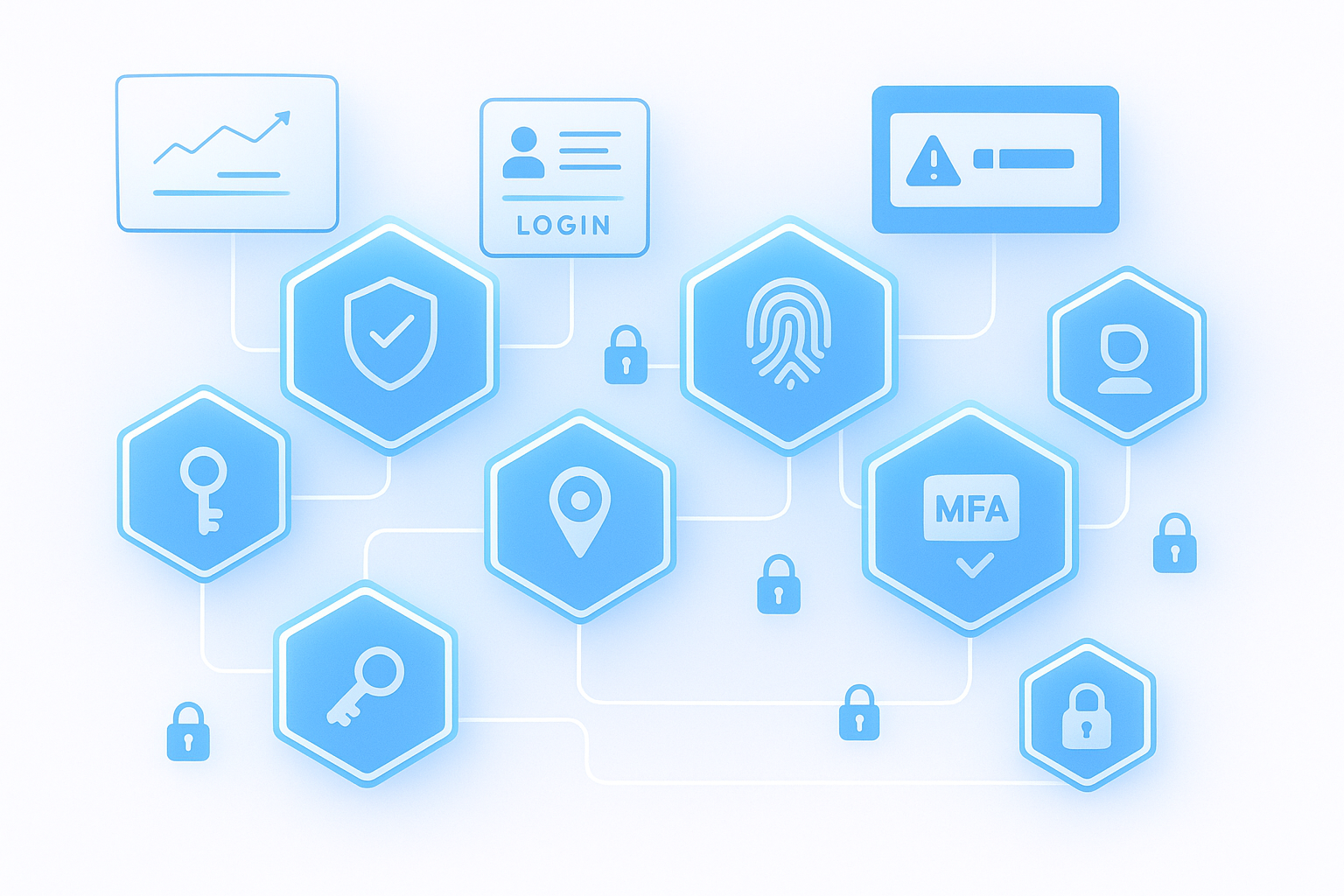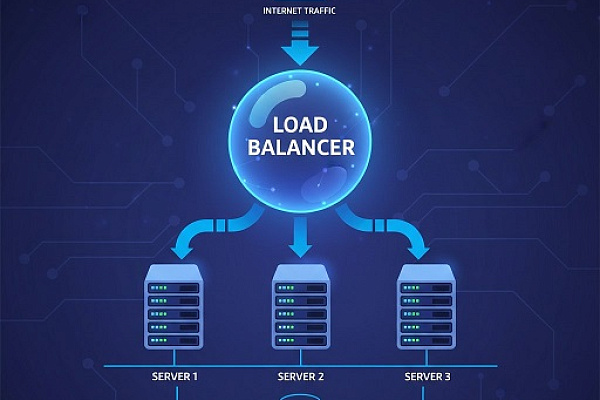Zero Trust is a cybersecurity framework that replaces the outdated "perimeter-based" security model. In the past, systems inherently trusted any user or device inside the network. That is no longer sufficient. With remote employees connecting from home devices and companies increasingly relying on cloud services, threats can now easily originate from within. Managing a single network's security has become vastly more complex. The solution is the Zero Trust model, where every access request is verified without exception.
How does Zero Trust work?
The model is built on the principle of "never trust, always verify." Whether it is an administrator, a sales employee, or an application bot, every access attempt — both inside and outside the network perimeter — is rigorously authenticated and authorized.
Consider this example: An employee connects to the corporate network from home. The system immediately verifies who is connecting, from which device, and for what purpose. Even after a successful login, access is granted only for that specific session. A new request triggers a new verification. This is Zero Trust in action.
Core principles of Zero Trust in the Cloud

Due to the cloud's dynamic nature — with its rapid resource scaling, globally distributed employees, and data traversing countless microservices — implementing Zero Trust is an absolute necessity. In this context, its principles are critical.
1. Microsegmentation
Zero Trust requires dividing the network into small, isolated zones, each with its own strict access controls. Imagine an office where every department has a locked door; even if an intruder breaches one room, they cannot automatically access the others.
In the cloud, where countless applications and services interact, traffic between components must be tightly controlled. This can be achieved in several ways:
- Configuring virtual "filters" to control inbound and outbound resource traffic.
- Setting access policies at the virtual machine level to control cloud network traffic (e.g., using VMware NSX Edge from Cloud4Y).
- Implementing service-level access control (not just network-level) with platforms like Istio, which governs how microservices communicate.
The primary goal is always the same: to limit the movement of a potential threat and enforce Zero Trust within the network.
2. Continuous Monitoring and Analytics
Zero Trust demands constant monitoring of user activity — not for surveillance, but for rapid response to suspicious behavior. If an employee from an unusual location downloads a large volume of data at night, it should automatically trigger an alert.
Furthermore, the system must continuously re-verify users. Active sessions can be periodically terminated, forcing users to re-authenticate upon reconnection.
3. Multi-Factor Authentication (MFA)
MFA requires users to provide multiple pieces of evidence to verify their identity. A simple login and password are not enough. This can include one-time codes, biometrics, or verification via a corporate app. Successful MFA grants access not to the entire system, but only to the specific data requested.
4. The Principle of Least Privilege (PoLP)
In a Zero Trust model, access is always limited to what is essential for a specific task. A user or service gets only the minimum permissions needed to perform its job. Think of it like being given a key to one drawer, not the entire cabinet. The fewer privileges granted, the harder it is for an attacker to exploit them.
5. Ubiquitous Data Encryption
It is crucial to protect information at all stages. Data is encrypted not only when it is being transmitted between services and users, but also when it is stored on virtual media. This means that the data itself becomes "safe" – without the correct decryption key, it appears as a set of random characters to an attacker.
Key business benefits of Zero Trust
The "never trust, always verify" approach is ultimately about confidence and resilience. For businesses, it means:
- Reduced risk of data breaches through strict authentication and access control checks.
- Minimized impact of cyberattacks: microsegmentation contains threats to one small network area.
- Enhanced customer trust and business reputation.
- Simplified compliance with security standards and regulations.
Consider that Zero Trust is an investment in business growth. Its principles reduce the costs associated with recovering from cyberattacks, protect critical information, and positively impact long-term profitability.
Challenges to Zero Trust adoption
Switching to Zero Trust can be challenging. That's why it's crucial to plan for them.
- Legacy Systems: Outdated applications and services that lack modern access control support may need updating or complete replacement.
- Employee Resistance: Employees may find extra logins and MFA annoying. It is important to explain that these steps make everyone safer.
- Cost and Resources: The shift requires revamping security architecture, purchasing new solutions, and training staff, representing a significant investment.
- Policy Management: The larger the company, the more complex it is to manage access rights and network segmentation centrally.
This is why experts recommend a gradual, disciplined transition to the new model.
How to implement a Zero Trust model
Zero Trust is a strategic journey built step-by-step.
- Asset Inventory and Analysis: Identify what data needs protecting by cataloging and classifying all company resources, including user accounts, services, and devices. Assess current access rights and associated risks. This process must be continuous as data and its value evolve.
- Define Access Policies: Establish clear policies defining which users can access specific resources and under what conditions. Build a new scheme based on the Principle of Least Privilege from the start.
- Implement Control Technologies: Integrate security control tools: next-generation firewalls, microsegmentation systems, and monitoring solutions. Your infrastructure should enforce rules and automate the process of detecting and blocking vulnerabilities.
- Dynamic System Evolution: Security is not static. Continuously adapt processes and protocols to cover new services, cloud changes, and remote workforces.
- User Training: Employees must understand the reason for repeated verifications. Their knowledge and vigilance form a critical human barrier that completes the Zero Trust model.
The future of Zero Trust
The Zero Trust model is rapidly evolving. In the coming years, it will become the foundational standard for protecting corporate data, with its mechanisms increasingly intertwined with automation and AI integration. Its application within cloud technologies will continue to expand significantly.
Zero Trust is a flexible framework, and it is crucial to tailor it to your company's specific needs.



